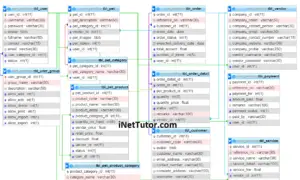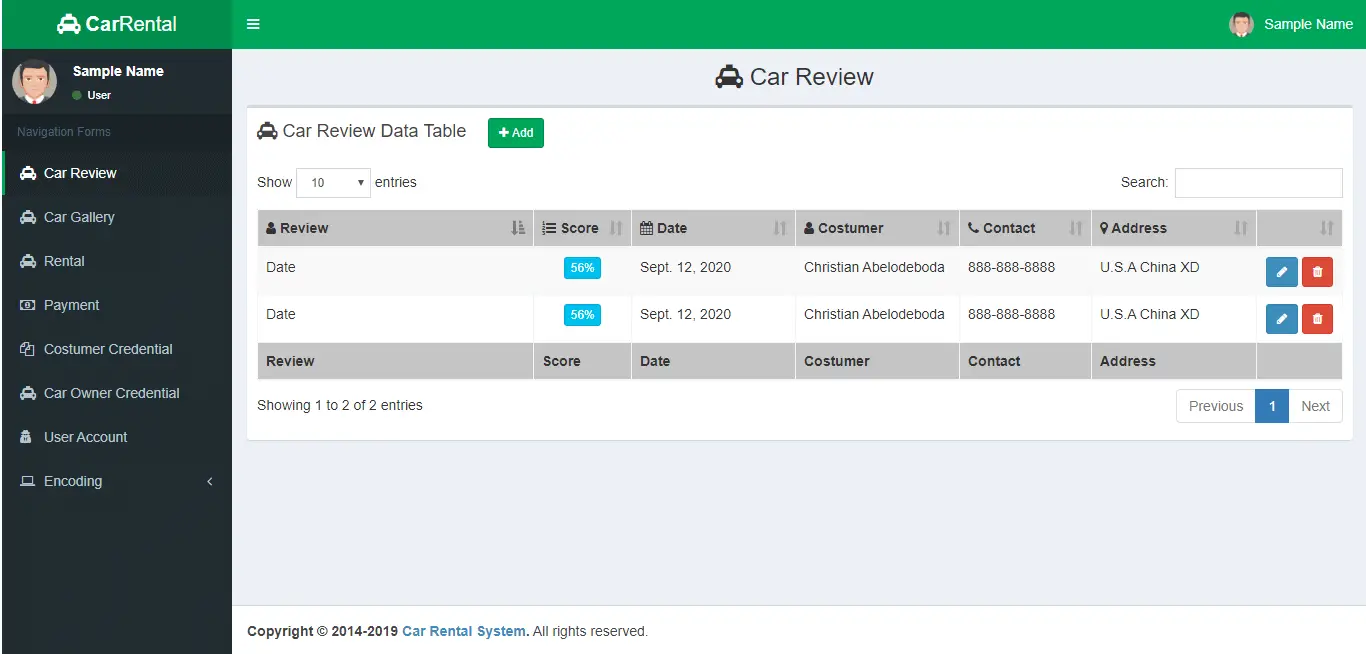Dormitory Management System Review of Related Literature
The dormitory management system is an information system that will possibly replace the manual process of transactions and monitoring of students in the dormitory. The said project was developed in Visual Basic and MySQL. The list of literature presented below serves as a guide and reference for the conduct and development of the researcher’s own version of dormitory management that will fit the needs and requirements of the client.

Review of Related Literature and Studies
Related Literature
A dormitory is a place where students could meet various people and develop friendships and it could also develop self-independence (Moffat, 1970). For some, living in a dorm is the typical college option. Dorm life means living on campus and not having to deal with the hassles of commuting and the need to cook for meals. On the other hand, living in a dorm means limited space. It also means dealing with a dorm roommate. Dorms also are not open all year long, so students have to find other accommodations on vacations. And dorm life usually means eating fixed meals. Living in a dorm can also affect the study habits of a student. Students who stay in on-campus dorms perform better academically than those in off-campus living arrangements. The main benefit to living on-campus is that a student is a short walk from the campus library, which can help a student succeed in his or her research papers. Closeness to the library contributes to students using their study time wisely. Though most students perform better academically, some students have their grades suffer because they are unable to focus on their studies with everything that’s going on around them because dorms are rarely solemn (Tsavo Media Canada Inc., 2010).
According to Flowers (2004) focuses exclusively on african american students and finds that living in the dormitories positively influenced measures of personal and social development skills that he suggests are essential for successful academic achievement.
According to Dinkmeyer and Dreikurs (1963) said that learning environments focus on the characteristics of classroom environments that affect learning, the teacher’s environment for learning, and the range of learning environment in which students participate, both in and out of the school. Classroom environments are positively influenced by opportunities with others who affect learners. Technologies also influence learning which can help teachers incorporate the tools in classroom activities.
According to Davis (1998) said that for many college students, an apartment is a serious step towards adulthood and freedom. Compared to a dorm, an apartment means space, a living area. A bathroom that only needs to be shared between a few people and students no longer have to rely on the campus dining hall, and can prepare their food from their own refrigerators in their own kitchen. On the other hand, the responsibilities of apartment life really can be a hassle. Suddenly students need to worry about monthly bills, furniture, and cooking. Depending on where the apartment is, students may also have to deal with the expenses and hassles of commuting. It could also affect the time the student spends for school works and might result to decrease in grades (Gladen, 2010).
There are some advantages and disadvantages when a student studies in his or her room. When the student is in the room, all that he or she needs like books, notes, and other study materials are already there. The student could also study immediately as soon as he or she opens the book, and it is also an advantage when studying in the room because the student could easily ask for help just down the hall. But there are also some shortcomings studying in the room. The room can be also one of the most distracting environments in which a student can choose to study. Schoolmates may drop in to visit, or a friend down the hall asks you to come and check something out, or somebody cooks or orders something that smells really good that could tempt the student to go and have some. In short, the possibilities for tempting distractions are practically endless (Hanna, 2006).
Related Studies
According to Kizlik (1997) stated that each student doesn’t have the same study needs. They study differently, and there are some study habits that works for one student but may not work for another. However, there are some general ways that seem to produce good results. No one would argue that every subject that the student has to take is going to be so interesting that studying it is not work but pleasure.
Students have different study habits which can cause them to do an excellent or poor work in school. Places for studying give big contributions for the study habits of a person. There are places that allows a person how or what to think depending on his or her choice of environment (Morgan, 1994).
A study place can be everywhere as long as the student is comfortable with it. There are many study places in which the student can choose. Deciding where to study can be just as important as how much or how hard a student studies. The environment that a student chooses can determine the mood, comfort level, and the effectiveness of the place when it comes to the student’s study habits. Kelley (1997) cited that in order to decide on where to study, a student should ask one’s self whether the environment where he or she is studying matches his or her learning style and preferences. Based on the student’s preferences, he or she should schedule the most challenging classes and intense study sessions in the environments that best match his or her needs.
According to Tobias (1994) mentioned that reading ability can be affected by the light contrast between print and paper color. There is a high contrast between black letters printed on white paper. Some people find it easier to read black print on blue or gray paper which has less contrast and is easier on their eyes. Being aware that light does make a difference, a student should s study in the environment that best matches his/her learning preferences. Moreover, the location of the study place is also one of the factors to be considered. It’s important when choosing a house and it’s important when choosing a room specially a student’s learning place. All other factors are also considered in choosing the location.
According to Blair et. al. (1975, p23), “an individual at any stage of his development is the product of organic and environmental factors working hand in hand. What the student is, what the student does, what the student becomes. In short, how a student reacts and behaves in all life situations can be explained in terms of these two interacting forces.”
Theoretical and Conceptual Framework
Variation among and within boarding houses
Quality of the Physical Environment
(Duesenberry 1960) My research results will be presented in three main sections. Firstly, the variation found in the quality of the physical and social environment and management practices of boarding houses. Some were of a higher quality, others of lower quality. Secondly, some boarders are more vulnerable than others to accessing the poor quality boarding houses and to eviction. The level of vulnerability experienced by boarders depend on their personal circumstances and the broader systemic factors which impact on boarding houses and the sector. Personal vulnerability related to poor health and lack of resources, for example those in low paid employment having few financial resources. Systemic vulnerabilities will due to the failure of legislation and policy to protect boarders, including the weak tenancy protection provided by the Residential Tenancies Amendment Act (2010), the inadequate enforcement of current building standards, and lack of provision of adequate affordable housing. The last section illustrates the ways in wich the health workers, boarders, and landlord or managers made boarding houses work for them and suggests improvements for boarding houses in the future. The suggestions that were identified by participants are at individual and systemic level. The reporting of my results refers collectively to the boarders, health workers, and landlords and managers interviewed as participants, but specific points and individual qoutes are identified as being from boarders, health workers, and lanlordsor managers where appropriate.
The more negative descriptions of boarding houses included plain, barely furnished, tired, unmaintained properties with broken windows, dishevelled chattels, rotting timber, damp and mould. Health workers and boarders who describe the poor conditions were visibly upset when they gave graphic accounts of what they saw. In one boarding house the landlord/ manager spoke about upgrading the place to a better standard when they bought the business. They Gradually invested to upgrade the house over ten-year period and maintained the property to what they considered to be a basic, but reasonable standard. The physical conditions in boarding houses were variable
Credits to the authors and developers
You may visit our Facebook page for more information, inquiries, and comments. Please subscribe also to our YouTube Channel to receive free capstone projects resources and computer programming tutorials.
Hire our team to do the project.


